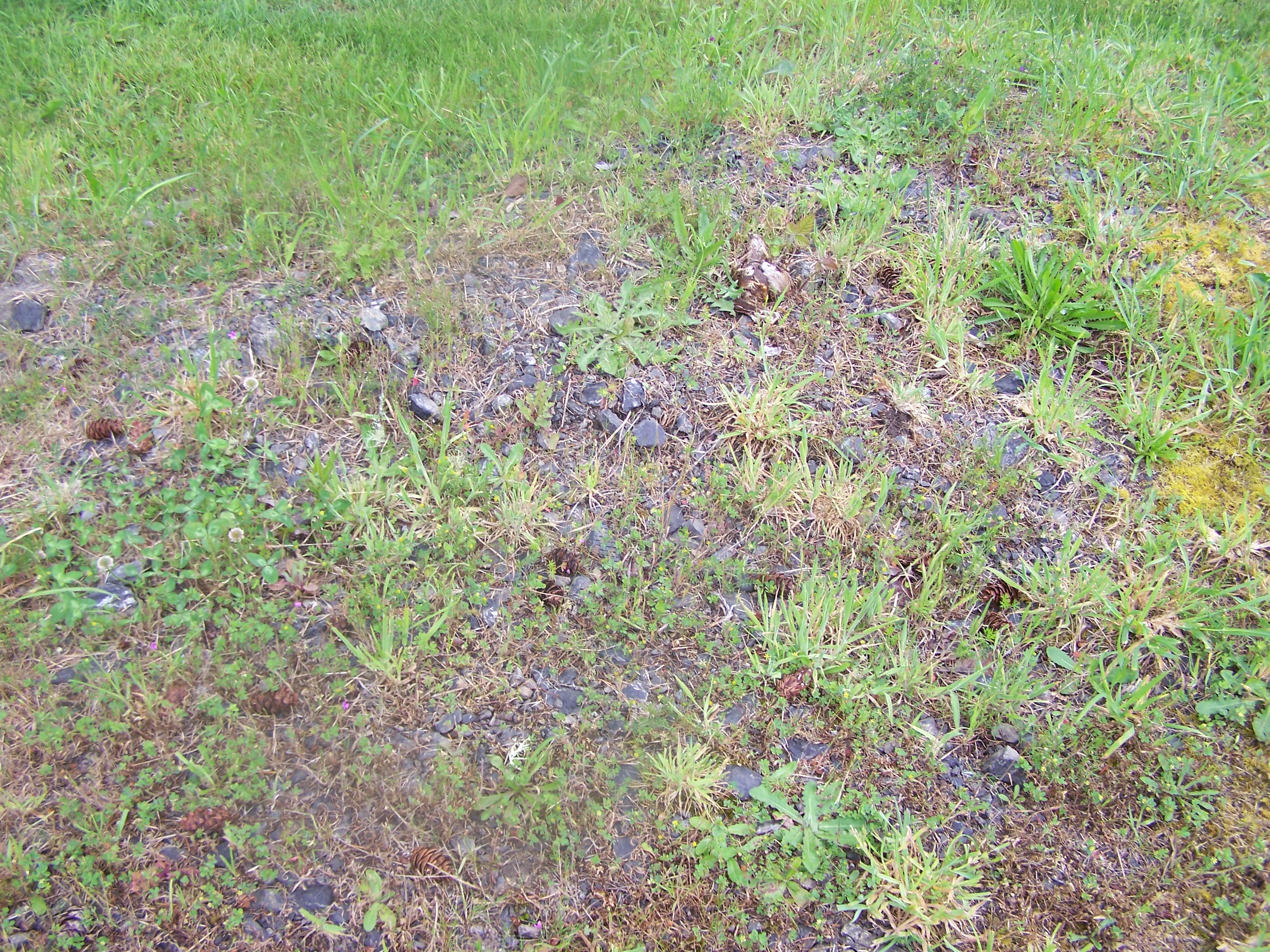I use the word “minerality” often when describing old world style wines or wines with a little rusticity to them (I think I just found two more words to define). Wines from Rioja, Bordeaux, Chablis and the Loire Valley in France are notorious for expressing minerality. As I was reading Clifford Brown’s wine blog I noticed how often he too liked to use minerals in his wine descriptors. So I reached out to Cliff and asked if he would like to take a crack at defining this word as it is used in relation to wine. Here is his definition.
Minerality in wine:
You have now entered the kingdom of “Wine Geek”. Minerality in wine is one of those things half the people totally believe in and the other half consider it to be nonsense.
To me minerality in a wine is a good thing, these add complexity, depth, and that little something extra that separates a good from a great wine. For those who don’t understand the nuances these bring to a wine or don’t think they exist, you are not alone. Minerality in a wine always stirs controversy. Have you ever encountered any of the following:
– The aroma of sun-baked stones
– A chalky element that lingers on the finish
– A touch of slate or gravel on your palate
These are examples of what I consider to be minerality in a wine. Obviously these items weren’t added to the wine, they are the result of elements that are absorbed into the grapes from the ground via the root system. In a word, part of the terroir. Minerals are the elements you encounter in a glass of wine that aren’t usually associated with the grapes, or from aging in oak barrel. Minerality in a wine comes from the soil. I generally see more minerality in wines made from grapes that had to struggle to get ripe and its roots go deep into the soil to find traces of water. I also seem to find more minerality in wines made from older vines or that have some age on the bottles.
Granted, most wines, especially lower cost, bulk produced wines usually don’t display very much minerality, but you can get good examples at low price points. Most Côtes du Rhône and German Rieslings display solid minerality as do rosé wines from Tavel and Bandol in France. Generally, overly ripe grapes and excessive oak aging can mask minerality.
The next time you sniff and taste a wine, eliminate all the fruit elements you encounter. Next eliminate the influences of barrel aging such as spice, vanilla, licorice, and cedar. The remainder are generally minerals.
The next bottle of wine that smells like flint or rocks, tastes like iron or chalky limestone, or leaves a mouth-watering taste you would associate with gravel, congratulations you understand minerality.
Cliff Brown
I want to thank Cliff for contributing this excellent definition of minerality. Funny thing is, minerality is one of those words that is used a ton, but is not in the dictionary. Cliff pointed out another very interesting thing; It is a word that is hotly debated in some circles of the wine world. Skip the debate, it is something you can detect in a wine and it is one of my favorite elements. Hopefully Cliff made it much easier for you to understand. Cheers!


